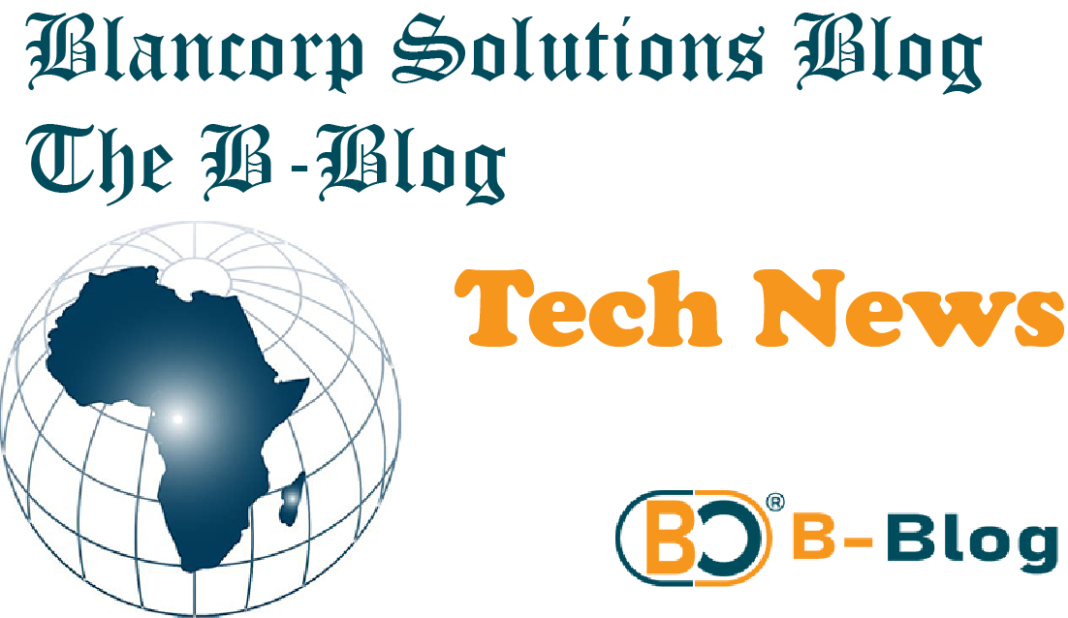Keeping old technology secure has always been a tricky puzzle. When software reaches its end of life, organizations face tough choices. Pay for extended security updates, risk running vulnerable systems, or scramble for costly upgrades. That equation just changed significantly.
Microsoft recently announced a free tier for its Extended Security Updates program. This is not a minor adjustment. For cash strapped businesses and nonprofits worldwide, this could be the difference between staying protected and facing catastrophic breaches. The ESU program typically provided critical patches for outdated systems like Windows 10 after official support ended. Previously, this came with substantial fees.
The free tier specifically targets smaller organizations and educational institutions. This matters greatly in regions with limited IT budgets. Consider schools in Nigeria using decade old computers or clinics in rural India running legacy systems. These places cannot afford expensive update subscriptions. Now they get critical security patches at zero cost. Microsofts documentation explains eligibility requirements clearly.
Why this shift matters globally becomes obvious when looking at cybersecurity realities. Unpatched systems remain low hanging fruit for attackers. The Kenyan Communications Authority reported legacy systems caused 37% of local breaches last year. Free ESU access helps close that gap. It acknowledges that technology lifecycles differ in emerging economies where hardware upgrades happen less frequently.
Actionable steps flow naturally from this development. First, check if your organization qualifies. Visit Microsofts ESU page and review the criteria. Nonprofits with under 50 staff and educational institutions appear eligible initially. Second, inventory your systems. Identify any devices running Windows 10 or other qualifying software. Third, enroll through Microsofts portal before deadlines hit. Documentation matters here keep records of enrollment confirmation.
Beyond the immediate steps, this signals a broader trend. Tech giants increasingly recognize their role in global security ecosystems. When vital updates remain inaccessible due to cost, everyone becomes vulnerable. This move follows similar initiatives from Linux foundations offering extended support for open source tools in developing regions.
Practical security hygiene still applies though. Free patches help, but they are not permanent solutions. Use this breathing room strategically. Create a migration plan to modern systems. Audit which legacy applications truly need maintaining. Implement additional protection layers like network segmentation for older devices. The Cybersecurity and Infrastructure Security Agency offers excellent migration guides.
Seeing Microsoft adapt its approach is encouraging. Security should not be luxury only wealthy organizations afford. As one IT manager in Ghana told me last week, This changes our threat calculus entirely. We can now secure patient records without choosing between antivirus software and medical supplies. That is real world impact.
Technology evolves, but protection fundamentals remain constant. Apply patches promptly. Know your assets. Plan for obsolescence. Microsofts policy shift makes doing these basics more achievable for everyone. That benefits the entire digital ecosystem.

